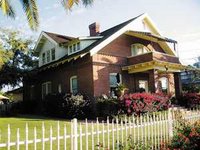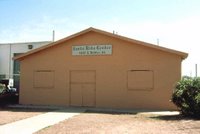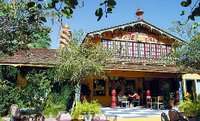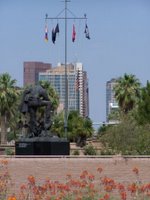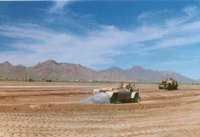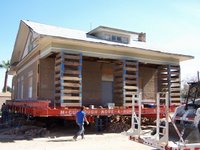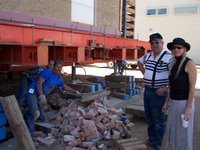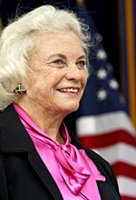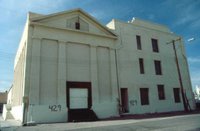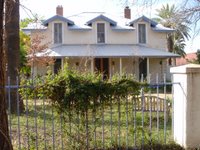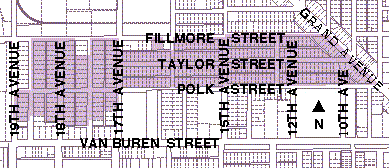 [Source: Barbara Stocklin, City of Phoenix] -- On February 22, Historic Preservation (HP) staff gave a presentation to owners of properties in and around the Oakland Historic District regarding possible historic district expansion. Staff provided an update on the historic property survey that had been completed for the area between 7th and 19th Avenues and Roosevelt and Van Buren Streets. Based on the findings of the survey, staff recommended that the Oakland Historic District undergo a modest expansion to include 43 additional properties. Staff noted that there were several properties in the survey area that were individually eligible and that there was possibly an eligible historic district along Grand Avenue. Approximately 15 people attended the meeting; some in attendance expressed disappointment that a larger area was not eligible for historic designation. Two members of the HP Commission also attended.
[Source: Barbara Stocklin, City of Phoenix] -- On February 22, Historic Preservation (HP) staff gave a presentation to owners of properties in and around the Oakland Historic District regarding possible historic district expansion. Staff provided an update on the historic property survey that had been completed for the area between 7th and 19th Avenues and Roosevelt and Van Buren Streets. Based on the findings of the survey, staff recommended that the Oakland Historic District undergo a modest expansion to include 43 additional properties. Staff noted that there were several properties in the survey area that were individually eligible and that there was possibly an eligible historic district along Grand Avenue. Approximately 15 people attended the meeting; some in attendance expressed disappointment that a larger area was not eligible for historic designation. Two members of the HP Commission also attended.On February 27, the HP Commission voted to initiate the boundary expansion for Oakland as recommended by HP staff. The HP Commission also asked staff to revisit two areas around Oakland to see if there was a way that the significance or integrity of those areas could be re-evaluated, and to work with property owners to see if they would support historic designation. Earlier in February, HP staff toured the neighborhood with Jim Garrison, State Historic Preservation Officer, and met with Capitol Mall Association representatives to discuss how the City and HP Office can better support the Oakland Historic District and its highest neighborhood revitalization priorities.


